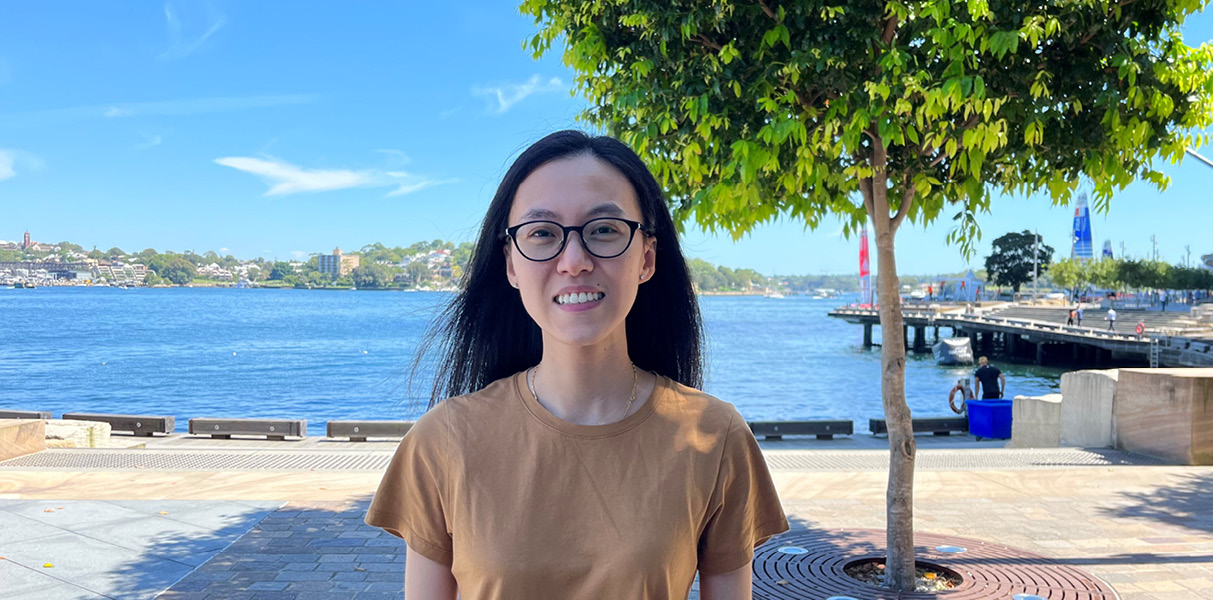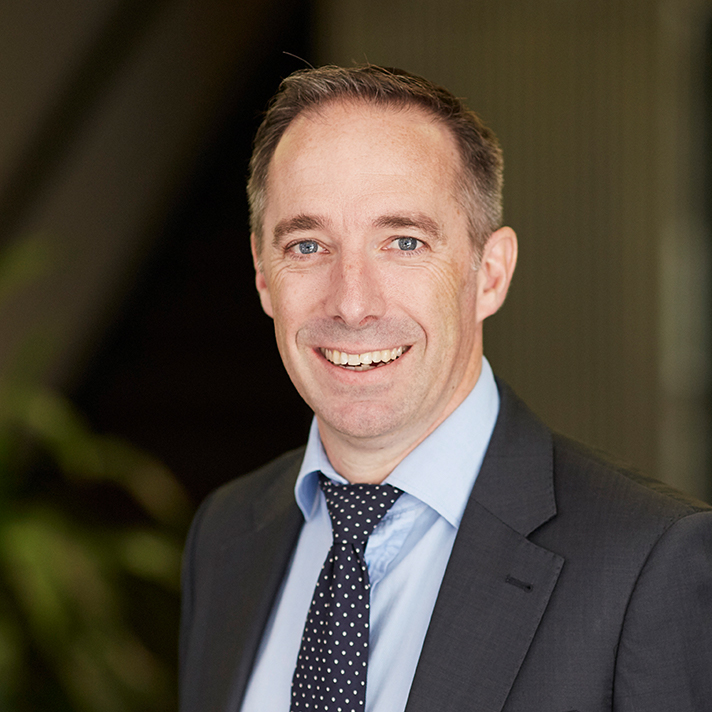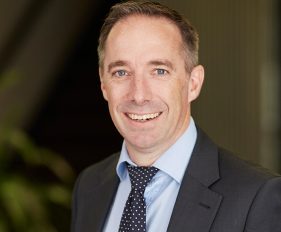A life in the career of an actuary


Finding your way in any profession can be filled with adventure, challenge and plenty of life lessons – while figuring out the right mix of passion and purpose is perhaps the biggest skill of all. For actuary Anh Vu, balance is key, as she charts a path to bring the best of academia and industry together for mutual benefit and meaningful change in people’s lives. She takes us on her journey of actuarial discovery.
As an undergrad, I often wondered what I’d do when I became an actuary. Mostly, I imagined solving financial problems in an insurance company or a bank. Like many actuaries, I’ve always had a passion for maths, business and economics. At the very least, I hoped the distributions and mathematical models I managed to memorise for exams would one day be useful in my future job.
I wasn’t wrong, but I definitely underestimated the potential!

Anh shares her journey and learnings across both traditional and non-traditional actuarial paths
Free-style innovation
After my commerce degree and honours in actuarial studies, I was keen to stay in academia and continue with a PhD. I enjoyed research and the idea of generating innovation completely free style – where you pick topics you love and take ownership of your work – and the flexible hours appealed to me as well. I chose a joint program in actuarial studies at UNSW and applied mathematics at Universite de Montreal, which meant living in Canada for a whole year.
My academic journey helped me learn that being able to understand and think critically is vital towards developing a diverse skillset as an actuary. For example, I explored advanced modelling techniques that had applications in robotics engineering to solve actuarial problems. The work was inspiring and made me realise we don’t need to be restricted by what we’re taught in university when we’re choosing statistical and mathematical tools. I’ll never forget the experience.
Theory meets practice
By the end of my PhD, I was ready for a new challenge. Research was on the theoretical side, and I wanted to know the practical side of the profession. It struck me that there’s often a gap between the theory and what happens in real life, and I wanted to help close that gap. It made sense to me that academia and industry could benefit more from each other. These days, I’m happy to be working in a consulting environment. The work is project based, so it has given me plenty of opportunity to immerse myself in a variety of projects and apply the theory to solve real-world problems in different areas. I never get bored!
Finding meaning
It helps that I’m part of a team with a reputation for pioneering work in the government sector, using actuarial techniques to support policy design and improve people’s lives. It’s fascinating but also meaningful. Luckily, we’re able to work flexible hours, which was something I appreciated through my PhD and was keen to continue in my job to support wellbeing, and maintain a healthy balance of passion and perspective.
Pathways to better outcomes
In my working life so far, I’ve had a taste of the traditional and non-traditional actuarial paths. The traditional path involved helping insurers with their pricing and liability valuations. The non-traditional path was using advanced modelling techniques to support government in making data-informed decisions and improve social outcomes.
Through these roles, I’ve learned many important lessons and there have been lots of highlights.
When it all makes sense
In the traditional environment, it became clear that actuarial work is a lot more than just applying some statistical formulas – it’s about making sense of the numbers and methods you use with the business context firmly in your mind. Doing technical work is important, but it’s equally important to be able to communicate your technical work and results to different stakeholders – especially those decision makers who may not deeply understand the technical elements and want to know the impact for their business in straightforward terms.
It was also handy to have work experience in the traditional areas as I was studying for my actuarial fellowship with the Actuaries Institute – and it definitely helped me pass the exams!
Sometimes, I think actuaries are like superheroes and our actuarial skillset is our superpower
A versatile, evolving skillset
The non-traditional work in the government sector showed me the versatility and evolving nature of the actuarial skillset – the learning never stops! I’ve always been surprised by how much I can do with it, too. It’s extremely rewarding to know that I can use my actuarial skillset towards meaningful change in people’s lives.
Not all superheroes have capes
Sometimes, I think actuaries are like superheroes and our actuarial skillset is our superpower in the way we can contribute to social good. The range of areas our work applies and can make a difference is so diverse as well, from banking to government, marketing, climate change, and many more.
And when our capes come off? Equally important in the life of an actuary is the fun and social aspect of our profession. I’m fortunate to have been surrounded throughout my career by like-minded and compassionate people who inspire me – which has always made and I’m sure will continue to make the journey truly enjoyable.
Recent articles
Recent articles
More articles

Increase in Australians with disability – new ABS survey
New data shows a significant rise in the number of people who report having a disability. We discuss the findings and offer key takeaways
Read Article

Elevated premiums and profits – what’s really going on in New Zealand?
A perfect storm may be brewing as Aotearoa community experience and insurer bottom lines collide. Ross Simmonds unpacks the issues
Read Article





